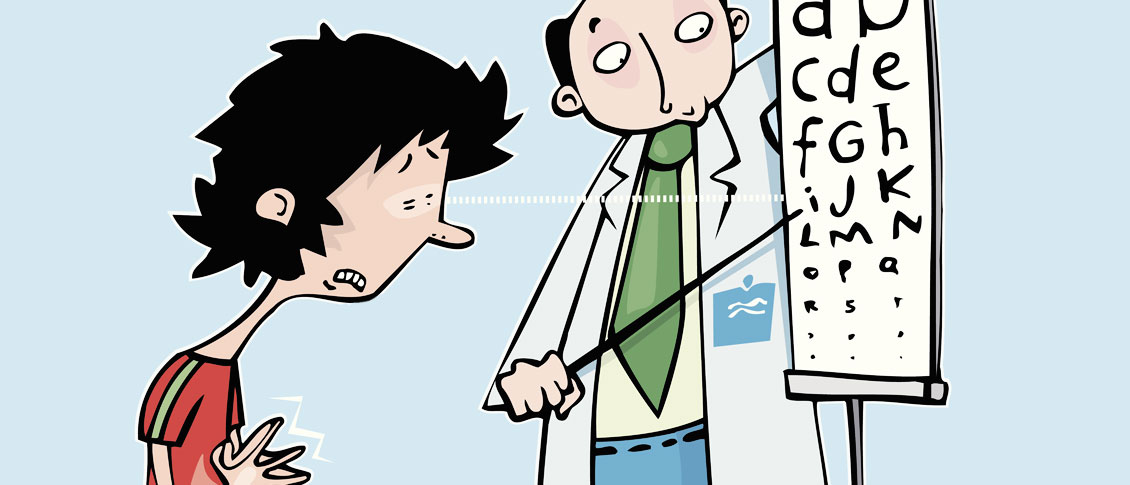Conveniently Located In Walmart
(Look for the burgundy awning!)
552 Emily Drive
Clarksburg, WV 26301
| Monday | 8:00 - 5:00 |
| Tuesday | 8:00 - 5:00 |
| Wednesday | 8:00 - 5:00 |
| Thursday | 8:00 - 5:00 |
| Friday | 8:00 - 1:00 |
| Saturday/Sunday | Closed |

What are conditions that can affect a child’s vision and the potential for learning? What is Amblyopia? What is Strabismus? What about Convergence Insufficiency? These are serious conditions of a child’s eye that need addressed. Did you know that...

The American Academy of Ophthalmology has recommendations for how often adults need to get their eyes examined and those recommendations vary according to the level of risk you have for eye disease.
For people who are not at elevated risk the...
Read more: Top 4 Reasons You Need Your Eyes Checked More Frequently as You Get Older



